Art & Architecture
 |
 |
 |
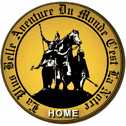 |
 |
 |
 |
What Is a ‘Good’ Artist, Really?
Too often I hear today “So and so is a good actor,” or “This or that man is a good writer.” As with the “nice guy” phenomenon, something is wrong here. The label “good” is applied to so many people unfit for the appellation that its better sense loses meaning; “good” becomes only a synonym for “skilled.” That is the word usually intended.
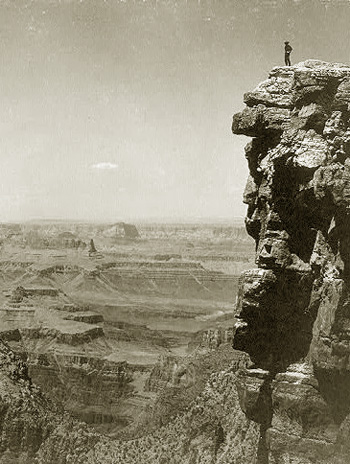 This topic is worth broaching because, in our impoverished times so bereft of culture and bearing, people are blind to the horizons of art. A man can have an inkling sense of some grand panorama beyond his vision, some magnificent vista, but he stops at a peat bog. This, he tells himself, is that vista.
This topic is worth broaching because, in our impoverished times so bereft of culture and bearing, people are blind to the horizons of art. A man can have an inkling sense of some grand panorama beyond his vision, some magnificent vista, but he stops at a peat bog. This, he tells himself, is that vista.
So, what is a good artist? Allow me to make some first delineations arriving at the answer to that question.
Regarding skill: to some extent, the “skill” of someone is separate from how “good” his work is. For instance, in the visions of Anne Catherine Emmerich we learn that the bold seductresses of the age before the Flood had mastered their seductive arts to a very developed level. Few could resist them. (1) That is to say, they were skilled – but they were not good.
In the realm of the arts, Michelangelo demonstrates a technical skill in painting superior to many of those of preceding centuries. Yet, it is a stretch to say his work is good.
Why is that? It is because what he produced is often very sensual, awash with nudity, infamously so. These "master-crafted" pieces of art were sculpted by a genius hand, but who is to say the vision was good?
The skill of the artist only serves to maximize the good or the evil effect he intends to put in a work, even unconsciously. So, plainly put, to be a skilled artist is not necessarily to be a good artist. Into this category of skilled but not good the big names of the Humanist Renaissance artists thus fall. It also follows that to be a good artist is not necessarily to be a skilled one, though we should pray that all good artists advance in their craft.
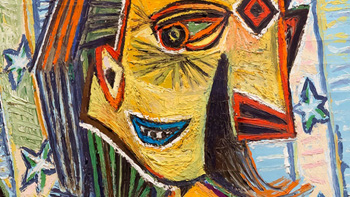 A problem of our age is that people are fast losing the ability to recognize true skill or talent in art at all. With Picasso and the other “colorful men” of that easel, 20th century mainstream art critics departed from admiring talented – though sometimes immoral pieces – to extolling the hodge-podge lashings of madmen.
A problem of our age is that people are fast losing the ability to recognize true skill or talent in art at all. With Picasso and the other “colorful men” of that easel, 20th century mainstream art critics departed from admiring talented – though sometimes immoral pieces – to extolling the hodge-podge lashings of madmen.
This theme became present in every field. With actors, to be “good” is to release torrents of emotion, usually anger, which pleases the barbarians in the theaters today. Subtlety is lost on them. With poets, to abandon form is the goal, so that the poetry literally becomes prosaic.
Such artists characteristically aim to surrender themselves to some creative “force,” absent of any controls or rules. I have heard from the lips of the poet [sic] Mahogany Browne that she prefers, when composing her free “verse,” to not pay any mind to the clarion calls of Form, because working within the stricture of forms holds back the creative “inner self.” Therefore, instead, she follows the heart, writes whatever occurs to her in the moment. When one works in this way, there is a real danger of possession.
The good artist: how shall we know him?
The annals of the Church provide illustrious examples. Fra Angelico is one of the great painters, too often disregarded today. The eye is turned only to the earless Van Gogh. Critics will say the Dominican Friar is more “primitive” in skill than those who came later, but they lie if they say he is not good. For this I believe they will have to answer at the Judgment to Goodness Itself, God.
To be a good artist, more than merely a skilled one, is simply to use one’s talents for the edification and sanctification of others. It is not to depict things, with a tendril, in such a way as to pull a man down into the mud, or, with an oil splash, blind him to higher realities.
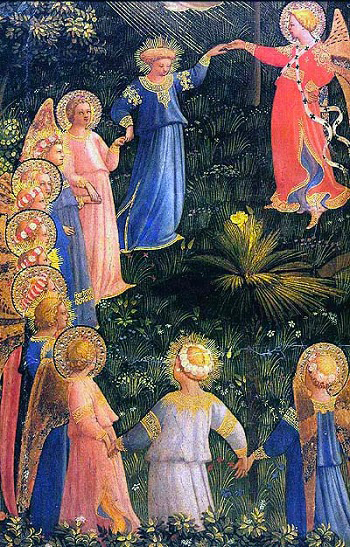
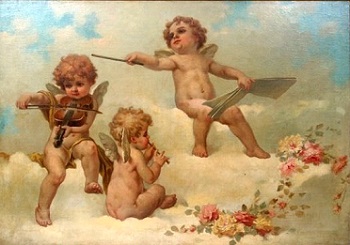 It was a common theme in the Renaissance for angels to be depicted as infants, waddling rolls of fat incapable of war, absent of any spirit of militancy. In Fra Angelico’s art, the angels appear noble, intelligent and positively aglow with Light. Transcendence seemed to leak from his brush into their ethereal figures. And that – transcendence – is what is so missing from art today, and, perhaps is the barometer for the best art.
It was a common theme in the Renaissance for angels to be depicted as infants, waddling rolls of fat incapable of war, absent of any spirit of militancy. In Fra Angelico’s art, the angels appear noble, intelligent and positively aglow with Light. Transcendence seemed to leak from his brush into their ethereal figures. And that – transcendence – is what is so missing from art today, and, perhaps is the barometer for the best art.
In sacral contemplation, one recognizes in everything of Creation a likeness to its Creator. All reality becomes a symbol-field rich with the flourishes of the Seeder. In a word, the contemplative who considers the temporal rises from the prose of the world to the poetry of God. In a gust of wind he sees His hand; in every swirl of a leaf, an action of grace; in the felling of a tree, chastisement.
It has been said that the best architecture is Gothic, because it directs one’s focus to Heaven. What of painting? poetry? woodworking? all the other arts? In this vein, can it not be said that the best art is transcendent, more than being skilled alone? St. Bonaventure contended that the ultimate purpose of art, indeed, of all knowledge, is to lead one to God.
Fra Angelico achieved that with his paintings. Michelangelo was not at parity because in his art he made affronts to Heaven. That is the difference between a good and a bad artist.
God is the creator and conservator of all existence. In His handiwork are symbols of Himself intentionally placed there. Contemplating His works man can find some trace of Him, inasmuch as a thing reflects Him to some extent – or does not reflect Him, that is, it reflects something opposed to His perfections. Thus does the snake, though a creature, symbolize evil, just as the lily, though a flower, symbolizes purity.
And as all truth comes from God, Who is One, all truths can be related to one another. To enter into sacral contemplation presents endless possibilities. One could contemplate the things on this earth for a billion years and still only have started to understand the symbols and face and mind of God they reflect…
The field of symbols is very ripe, but where are the Angelicos today? The arts are a castle, some rooms of which have been entered, but the whole of which is hardly explored. Rather than discourage the budding artists, this poses a challenge and a hope for a future different from our days. Every room shall be filled, every room shall be furnished – but that will be in the Reign of Mary. Indeed, it will be our golden hour.
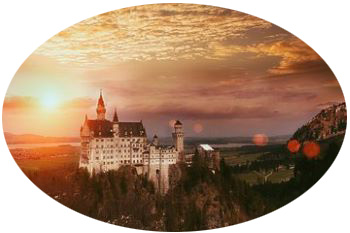


Nature encourages the search for the grand perspectives
So, what is a good artist? Allow me to make some first delineations arriving at the answer to that question.
Regarding skill: to some extent, the “skill” of someone is separate from how “good” his work is. For instance, in the visions of Anne Catherine Emmerich we learn that the bold seductresses of the age before the Flood had mastered their seductive arts to a very developed level. Few could resist them. (1) That is to say, they were skilled – but they were not good.
In the realm of the arts, Michelangelo demonstrates a technical skill in painting superior to many of those of preceding centuries. Yet, it is a stretch to say his work is good.
Why is that? It is because what he produced is often very sensual, awash with nudity, infamously so. These "master-crafted" pieces of art were sculpted by a genius hand, but who is to say the vision was good?
The skill of the artist only serves to maximize the good or the evil effect he intends to put in a work, even unconsciously. So, plainly put, to be a skilled artist is not necessarily to be a good artist. Into this category of skilled but not good the big names of the Humanist Renaissance artists thus fall. It also follows that to be a good artist is not necessarily to be a skilled one, though we should pray that all good artists advance in their craft.

Picasso’s paintings come close to madness
This theme became present in every field. With actors, to be “good” is to release torrents of emotion, usually anger, which pleases the barbarians in the theaters today. Subtlety is lost on them. With poets, to abandon form is the goal, so that the poetry literally becomes prosaic.
Such artists characteristically aim to surrender themselves to some creative “force,” absent of any controls or rules. I have heard from the lips of the poet [sic] Mahogany Browne that she prefers, when composing her free “verse,” to not pay any mind to the clarion calls of Form, because working within the stricture of forms holds back the creative “inner self.” Therefore, instead, she follows the heart, writes whatever occurs to her in the moment. When one works in this way, there is a real danger of possession.
The good artist: how shall we know him?
The annals of the Church provide illustrious examples. Fra Angelico is one of the great painters, too often disregarded today. The eye is turned only to the earless Van Gogh. Critics will say the Dominican Friar is more “primitive” in skill than those who came later, but they lie if they say he is not good. For this I believe they will have to answer at the Judgment to Goodness Itself, God.
To be a good artist, more than merely a skilled one, is simply to use one’s talents for the edification and sanctification of others. It is not to depict things, with a tendril, in such a way as to pull a man down into the mud, or, with an oil splash, blind him to higher realities.

Above, Fra Angelico's Angels;
below, Renaissance-style angels

In sacral contemplation, one recognizes in everything of Creation a likeness to its Creator. All reality becomes a symbol-field rich with the flourishes of the Seeder. In a word, the contemplative who considers the temporal rises from the prose of the world to the poetry of God. In a gust of wind he sees His hand; in every swirl of a leaf, an action of grace; in the felling of a tree, chastisement.
It has been said that the best architecture is Gothic, because it directs one’s focus to Heaven. What of painting? poetry? woodworking? all the other arts? In this vein, can it not be said that the best art is transcendent, more than being skilled alone? St. Bonaventure contended that the ultimate purpose of art, indeed, of all knowledge, is to lead one to God.
Fra Angelico achieved that with his paintings. Michelangelo was not at parity because in his art he made affronts to Heaven. That is the difference between a good and a bad artist.
God is the creator and conservator of all existence. In His handiwork are symbols of Himself intentionally placed there. Contemplating His works man can find some trace of Him, inasmuch as a thing reflects Him to some extent – or does not reflect Him, that is, it reflects something opposed to His perfections. Thus does the snake, though a creature, symbolize evil, just as the lily, though a flower, symbolizes purity.
And as all truth comes from God, Who is One, all truths can be related to one another. To enter into sacral contemplation presents endless possibilities. One could contemplate the things on this earth for a billion years and still only have started to understand the symbols and face and mind of God they reflect…
The field of symbols is very ripe, but where are the Angelicos today? The arts are a castle, some rooms of which have been entered, but the whole of which is hardly explored. Rather than discourage the budding artists, this poses a challenge and a hope for a future different from our days. Every room shall be filled, every room shall be furnished – but that will be in the Reign of Mary. Indeed, it will be our golden hour.

Many castle rooms yet to explore in the future
- 1. “I saw Cain’s descendants becoming more and more godless and sensual. They settled further and further up that mountain ridge where were the fallen spirits. Those spirits took possession of many of the women, ruled them completely, and taught them all sorts of seductive arts. Their children […] possessed a quickness, an aptitude for everything, and they gave themselves up entirely to the wicked spirits as their instruments. And so arose on this mountain and spread far around, a wicked race which by violence and seduction sought to entangle Seth’s posterity likewise in their own corrupt ways.” See here.

Posted July 7, 2025
______________________
______________________
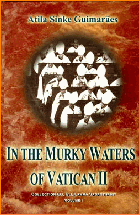 Volume I |
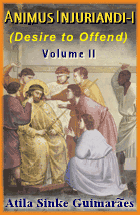 Volume II |
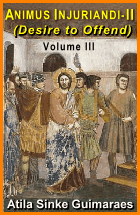 Volume III |
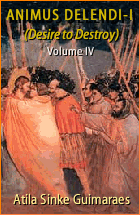 Volume IV |
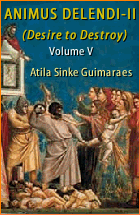 Volume V |
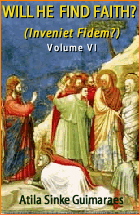 Volume VI |
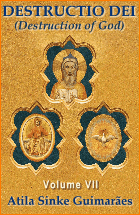 Volume VII |
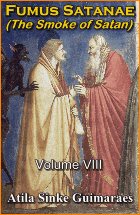 Volume VIII |
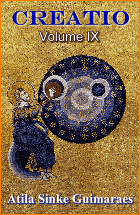 Volume IX |
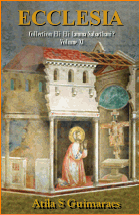 Volume XI |
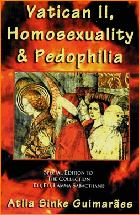 Special Edition |
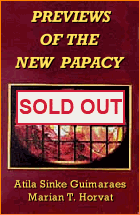 Special Edition |


